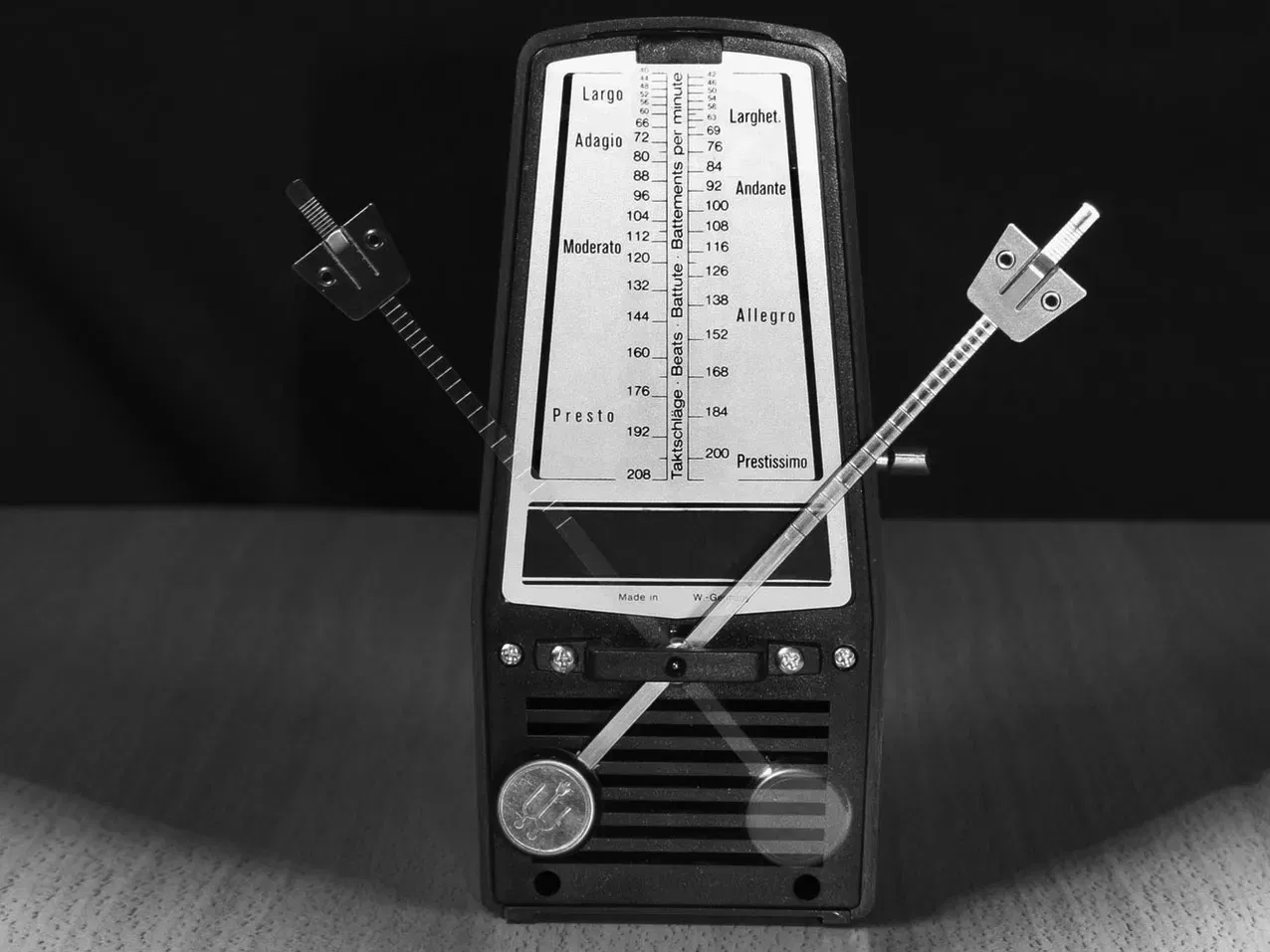Overcoming the Challenges of Singing in a Choral Group

Singing in a choral group can be a fun, inspiring and rewarding experience that brings individuals together to create music that helps the singers express themselves, communicates to the audience, and resonates with the soul. For some, it can also be seen as a form of worship, an offering of praise through song. However, like any artistic endeavor, singing in a choral group comes with its unique set of challenges. In this article, we will explore these challenges. You’ll see each challenge followed by its solution.
Challenges of Singing in a Choral Group

1. Being Able to Competently Read and Understand the Music: Learning to sing a song, or a part in a song, can be accomplished through rote learning; the conductor plays or sings the part, bit by bit, and the group repeats it. This takes an extremely long time and greatly reduces the number of songs that can be learned. A much better way to learn a song and the singer’s particular part is to be sure that each singer knows how to read music and that that skill is being improved on regularly.
Solution: The solution to this can be very tricky. Let’s use a traditional school setting, whether public or private doesn’t matter, to examine the solution. The ideal way to prepare for a successful high school choral group of any kind, is to start teaching students how to read music in elementary school, beginning even in third or fourth grade. The lessons should be fun, short, and give them a sense of accomplishment. Unfortunately, in many public as well as private schools, there is no music of any sort being taught.
That leaves one with a seemingly impossible task. If students arrive in a seventh or ninth grade choral group, eager to sing, but with no idea how to read music, it will be necessary to teach them. The lessons would be similar to those that would otherwise have been taught to elementary students, except, seeing that these are older students, the lessons would be longer and more in-depth. This process may also help the director weed out those that had taken a choral elective only as a “snap” course from those that truly want to learn how to read and sing music.
2. Blending Voices: One of the fundamental challenges in a choral group is blending voices seamlessly. Each singer has their unique timbre and vocal qualities, and achieving a harmonious sound requires careful listening and adjustment.
Solution: To address this challenge, choral members can engage in vocal exercises and training to improve their ability to blend their voices. The first part of this solution may be for the teacher to present a small palette of vocal colors, by definition and examples. There are quite a few resources on-line; it may take a few extra minutes to find one that fits your ensemble. Then, have each singer sing a scale or a part of a song to determine into which color range they fit. The rest of the group could offer their assessment, as part of the lesson.
Hearing other parts while singing one’s own is a difficult skill by itself. Sometimes, a conductor might have the singers of one part sing another part, especially if they are in positioned next to each other in the ensemble. For instance, the tenors and altos might switch parts for this learning exercise because in most choral groups they are next to each other.

3. Vocal Range: Choral music often encompasses a wide vocal range, from deep bass notes to soaring sopranos. Not all singers may be comfortable with the entire range, leading to challenges when certain parts of a piece are out of a singer's comfort zone.
Solution: Vocal coaching and practice are crucial to expanding one's vocal range. This can include improving practices such as:
- Correct posture – Singers should sit or stand up straight. They can imagine a string from the top of their head holding them up like a marionette. There should be as much distance as possible between the base of the neck and the belly button.
- Proper breathing technique – Many people tend to equate deep breathing with raising the shoulders. Correct deep breathing involves using the diaphragm to pull air into the lungs. This also makes it necessary for the stomach to extend some. The stomach muscles should also be used to force the air back out through the vocal chords. Proper breathing also involves inhaling through the nose. This naturally raises the soft palette and allows for easier air flow and a better sounding voice.
- Relaxing muscles – Except for such necessary muscles as the core muscles and diaphragm, the rest of a singer’s body should be relaxed. The throat muscles, especially, should be kept relaxed.
- Imagining the next note – Sometimes all it takes for a singer to reach the next note in the desired range is to imagine or hear it, and then attempt it. The singer should pay attention to such things as how the breath is being controlled, the state of the muscles, the posture, so that, whether or not the note is successfully reached, the singer can have a better idea of why it worked or failed.
- Related techniques – Some things that are essential to basic good singing and increasing vocal range may or may not come under a single heading. For example:
* Raising the eyebrows to hit a high note.
* “The soprano sneer”, which involves crinkling the nose and raising the upper lip in what looks like a condescending sneer. This is often combined with raising the eyebrows.
* Dropping the back of the jaw to reach a low note. This affects the vocal chords and allows more air to pass by, which is what a low note needs.

4. Timing and Precision: Choral singing requires impeccable timing and precision. All members must start and end phrases together, and this can be challenging, especially in complex compositions. One major thing that sets choral music apart from instrumental music is that instrumental musicians must end notes and phrases together, but choral musicians must not only do that, but they must pronounce words the same and articulate vowels and consonants at the same time.
Solution: Regular rehearsals and focused practice are essential for achieving precision. Watching the conductor’s hand or baton is essential. During rehearsals, not only will such things as the tempo and dynamics be determined, but the placement of all of the elements in the words be established. These must be repeated precisely during a performance.
A musician of any sort needs to have an “internal clock” that can keep time whether there is a conductor present or not. It is a rare thing to have a chamber group use a conductor. Once the group rehearses the repertoire for a concert, the internal clocks of each musician then keeps them in time. Even with a conductor, that clock must run well. It helps with counting rests and with more complex rhythms, especially if they are juxtaposed on top of each other.
There are a number of ways to develop such an internal clock. Here are a few:
- The director uses a watch or other device that can count off seconds. He or she initiates a countdown and asks singers to raise their hands when a certain number of seconds has passed. It’s best to start with shorter length of time and build from there.
- Similarly, the director can use a silent metronome, most likely found on a phone or tablet, to have students silently count a number of measures at different tempos.
- The conductor can have the group start to sing a piece. Then, at a certain place, stop conducting. The singers also would stop singing, count a prescribed number of measures and resume singing. Ideally, everyone would start singing again at the same time.
5. Communicating Lyrics Well: No matter what the lyrics are, the song has very little meaning if the audience cannot tell what’s being sung. The whole ensemble must be able to enunciate their lyrics well. In the case of a homophonic piece or section, the group must be heard as a single voice. In a polyphonic piece or section, it’s even more important for each section of the group to be heard distinctly.
Solution: A number of things must be done as a unified group. The director will need to choose from the variations of each that fit the group, or perhaps a particular song. Among them are: - Each word must be articulated the same. Sometime there are variations of pronunciation, especially among those from different parts of the country. These need to be standardized to be understood well.
- The start and stop of each word must be done simultaneously. Most often, this comes naturally. However, when a note is held for more than a beat or two, the cutoff must be done at the same time. Otherwise, the choir sounds as if it is stuttering. In certain cases, the director must decide if the final consonant or consonant blend will be sung or the preceding vowel will be sung and the consonant/ blend added at the last. For example, in the word “swing”, some directors will hold the short i for the length of the written whole note and add the ng blend at the last. Others will have their group go directly to the ng and use that sound for a different color.
- In many phrases, there needs to be an accented word or two, even if they aren’t notated in the music. These need to be identified and applied by the conductor.
6. Interpretation of Lyrics: Understanding and conveying the meaning of the lyrics is vital in choral singing. In a Christian context, this becomes even more crucial, as the lyrics often carry profound spiritual messages. On the contrary, there may be an occasion where a Christian would have to, out of good conscience, refuse to sing a song because the lyrics are in direct opposition to what the Bible says is true or acceptable.
Solution: Choral directors can guide singers in understanding the lyrics' meaning and encourage them to connect with the message on a personal level. They may, if the case arises, excuse a singer from singing a particular song if it contradicts the singer’s genuinely held beliefs.
7. Balancing Individuality and Unity: While blending voices is essential, individuality should not be lost in a choral group. Each member brings their unique voice and interpretation to the music, and striking the right balance between individual expression and group cohesion can be challenging.
Solution: Encourage singers to express themselves within the framework of the choral piece. This can be a tricky endeavor. Some individual expressions can easily fall outside the parameters of the overall sound of the group or the song.

8. Performance Anxiety (Stage Fright): Many singers experience stage fright or performance anxiety when singing in front of an audience. This can affect the overall quality of the performance.
Solution: Being sufficiently prepared is the first step to reducing stage fright. Really performing in front of others can help reduce performance anxiety. Unfortunately, a choral group can be as prepared as possible, but they cannot practice a concert; they must actually perform to overcome fear of performing.
9. Commitment and Scheduling: Maintaining commitment to regular rehearsals and performances can be challenging, especially when choir members have busy lives outside of their musical pursuits.
Solution: Effective scheduling and clear communication help manage commitments. Everyone has the same number of hours in a day. Often, one does not find the time to do things that are the most important. Time must be carved out and set aside for the valuable things in one’s life, like family, friends, God and music practice.
Take-Away Singing in a choral group is a rewarding experience that allows individuals to come together in harmony, both musically and spiritually. While it comes with its set of challenges, these obstacles can be overcome through dedication, practice, and a focus on unity and individual growth. In a Christian worldview, choral singing can serve as a beautiful expression of worship and praise, reminding us of the unity and diversity found within the body of Christ. By addressing these challenges head-on, choral groups can continue to create music that uplifts the spirit and glorifies God.
Salt Cellar Creations understands the beauty and power that a Choral Ensemble can convey and the challenge that choral directors face in choosing the best music for their ensemble. SCC and has a growing library of original works and arrangements to help meet the needs of choral teachers and directors Find out more about what Salt Cellar Creations has to offer for Choral Groups HERE. Explore the available music HERE.
SCC can also compose an original piece for you or do a custom arrangement for you to allow you to showcase your group. There are two ways that this can be done; one is much more affordable than the other. CONTACT US for more information. And SCC is always looking for ideas of pieces to arrange or suggestions for original pieces.
We have sold music not only in the US but in Canada, the United Kingdom, France, Australia, and New Zealand, Austria, and Germany. Please visit the WEBSITE or CONTACT US to let us know what we can do for you!